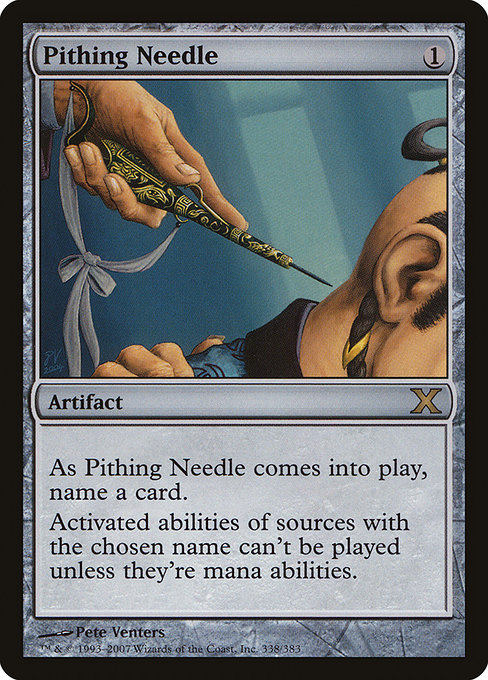
noun
- Botany. the soft, spongy central cylinder of parenchymatous tissue in the stems of dicotyledonous plants.
- Zoology. the soft inner part of a feather, a hair, etc.
- the important or essential part; essence; core; heart: the pith of the matter.
- significant weight; substance; solidity: an argument without pith.
- Archaic. spinal cord or bone marrow.
- Archaic. strength, force, or vigor; mettle: men of pith.
verb (used with object)
- to remove the pith from (plants).
- to destroy the spinal cord or brain of.
- to slaughter, as cattle, by severing the spinal cord.
noun
- the soft fibrous tissue lining the inside of the rind in fruits such as the orange and grapefruit
- the essential or important part, point, etc
- weight; substance
- Also called: medulla botany the central core of unspecialized cells surrounded by conducting tissue in stems
- the soft central part of a bone, feather, etc
verb (tr)
- to destroy the brain and spinal cord of (a laboratory animal) by piercing or severing
- to kill (animals) by severing the spinal cord
- to remove the pith from (a plant)
n.Old English piþa “pith of plants,” also “essential part,” from West Germanic *pithan- (cf. Middle Dutch pitte, Dutch pit, East Frisian pit), a Low German root of uncertain origin. Figurative sense was in Old English. Pith helmet (1889, earlier pith hat, 1884) so called because it is made from the dried pith of the Bengal spongewood. v.“to kill by piercing the spinal cord,” 1805, from pith (n.). Related: Pithed; pithing. n.
- The soft inner substance of a hair.
- Spinal cord or bone marrow. No longer in technical use.
v.
- To sever or destroy the spinal cord of a vertebrate animal, usually by means of a needle inserted into the vertebral canal.
Noun
- The soft, spongy tissue in the center of the stems of most flowering plants, gymnosperms, and ferns. Pith is composed of parenchyma cells. In plants that undergo secondary growth, such as angiosperms, the pith is surrounded by the vascular tissues and is gradually compressed by the inward growth of the vascular tissue known as xylem. In plants with woody stems, the pith dries out and often disintegrates as the plant grows older, leaving the stem hollow. See illustration at xylem.
Verb
- To remove the pith from a plant stem.
- To sever or destroy the spinal cord of an animal for the purpose of dissecting it, usually by inserting a needle into the spinal canal.
 Liberal Dictionary English Dictionary
Liberal Dictionary English Dictionary